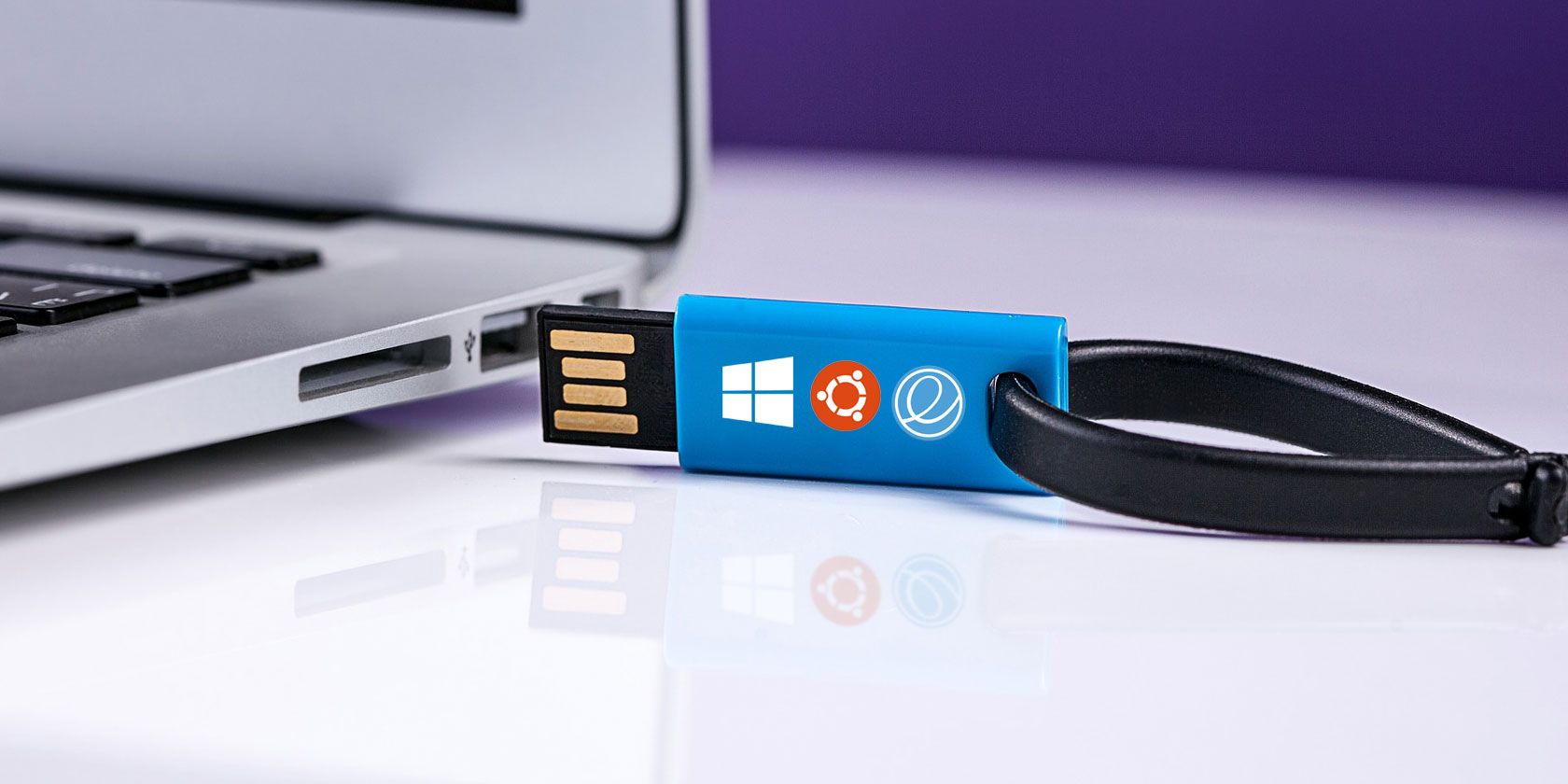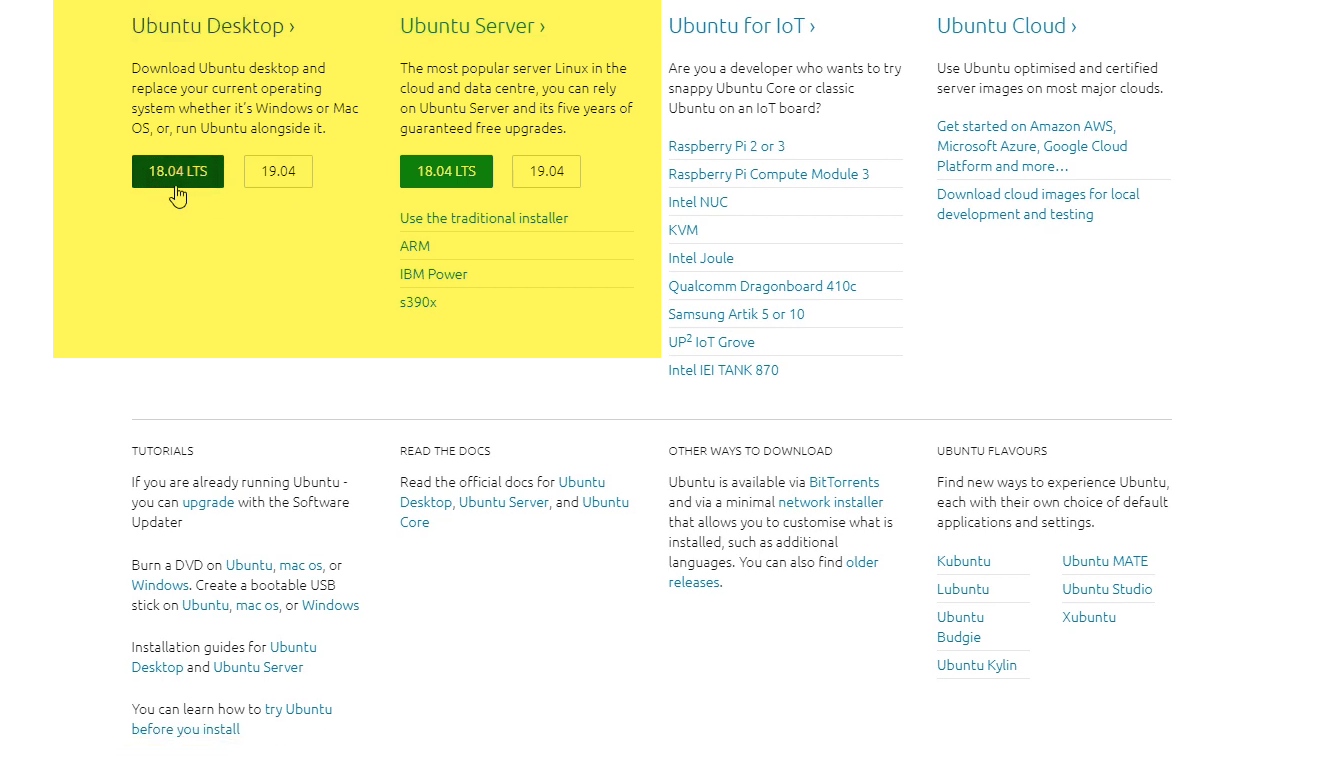

Again, hit on the Done button to enter the Blivet GUI Partitioning program. Next, click on the Installation Destination menu, check your machine hard disk and select the Advanced Custom (Blivet-GUI) option to configure the storage. First, click on the Keyboard menu, choose your system keyboard layout, and hit on the top Done button to complete this step and go back to the main menu, as illustrated in the below images. The next screen will present you Fedora Installation Summary menu. On the next screen, select the language that will be used during the installation process and hit on the Continue button. After the installer loads the Fedora Live system, click on Install to Hard Drive option in order to start the installation process. On the first installation screen, select Install Fedora Workstation Live 32 and press key to continue. Place Fedora bootable media into your machine appropriate drive, restart the machine and instruct the BIOS or UEFI firmware to boot from DVD/USB bootable media.Ģ. To create a bootable Fedora USB drive compatible with installation performed in UEFI mode, use Rufus utility or Etcher. On the first step, download the Fedora DVD ISO image and burn it to a DVD disk or create a bootable USB flash drive using the Fedora Media Writer tool or other utility. Unallocated Partition for Fedora Install Install Fedora 32 with Windows Dual-Bootġ.

Leave it as default and reboot the system in order to proceed with the Fedora installation. Shrink Windows PartitionĪfter resizing partition, you will see a new unallocated space on the hard drive. Give at least 20000 MB ( 20GB) depending on the size of C: partition and hit Shrink to start partition resize as shown below. Open your windows Disk Management utility and right-click on C: partition and select Shrink Volume in order to resize the partition for Fedora installation. Preparing Windows Machine for Dual-Boot for Fedora Download Fedora 32 Workstation ISO Image.I also made changes to the /boot/grub/grub.cfg file to add the option for the currently extracted drive to show up in boot.Īdded the following code in /boot/grub/grub.The only requirement is, you must allocate a free space on the disk with at least 20 GB in size in order to use it later as a partition for Fedora installation. So, I made a NTFS partition in my Drive (/dev/sda3), and extracted all the files there, hoping to boot the Windows 7 Setup from that partition. iso file for Windows 7, when I found out that I had no USB drives.

I recently wanted to install (most probably dual-boot) Windows 7 in my laptop.


 0 kommentar(er)
0 kommentar(er)
